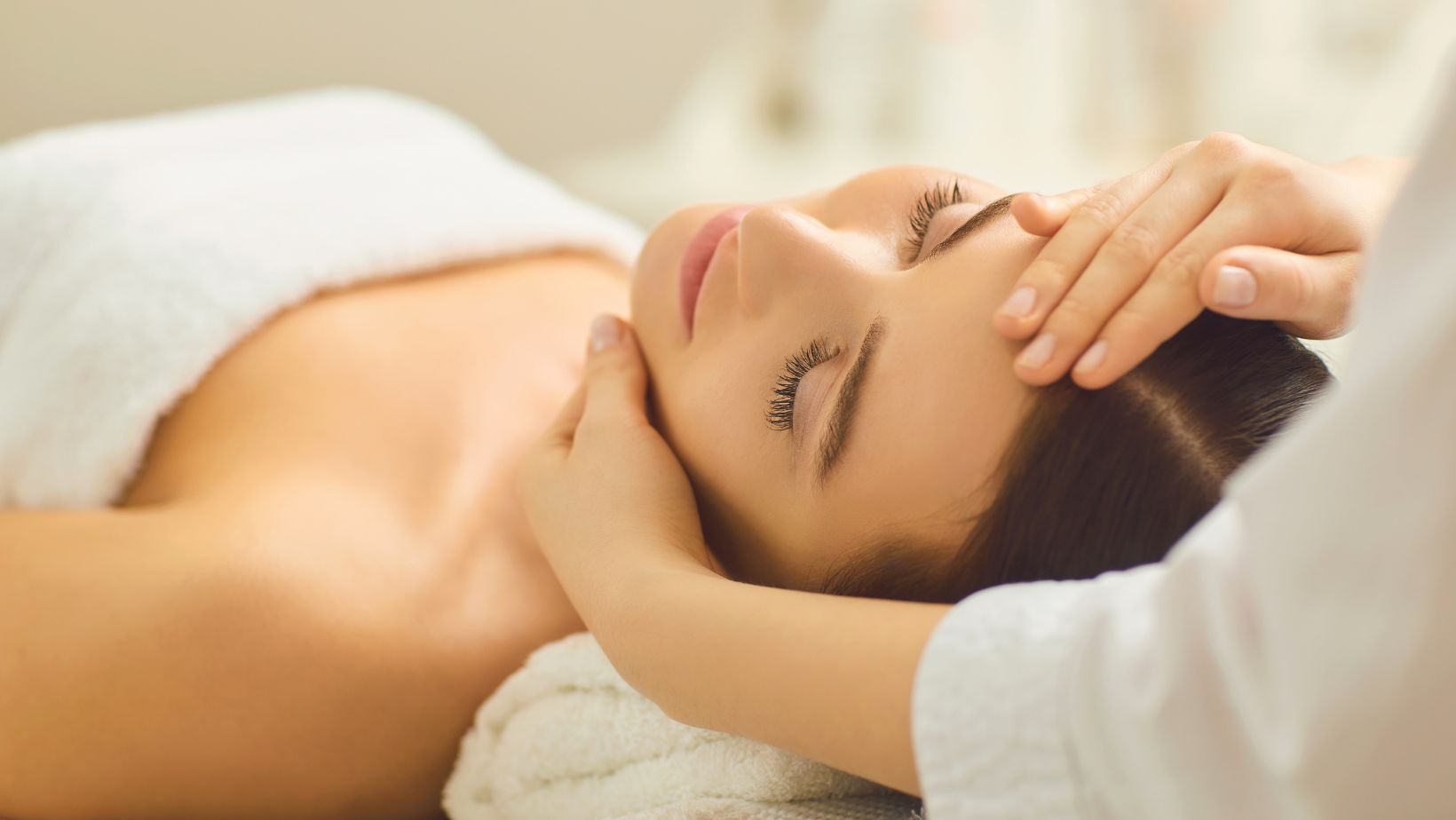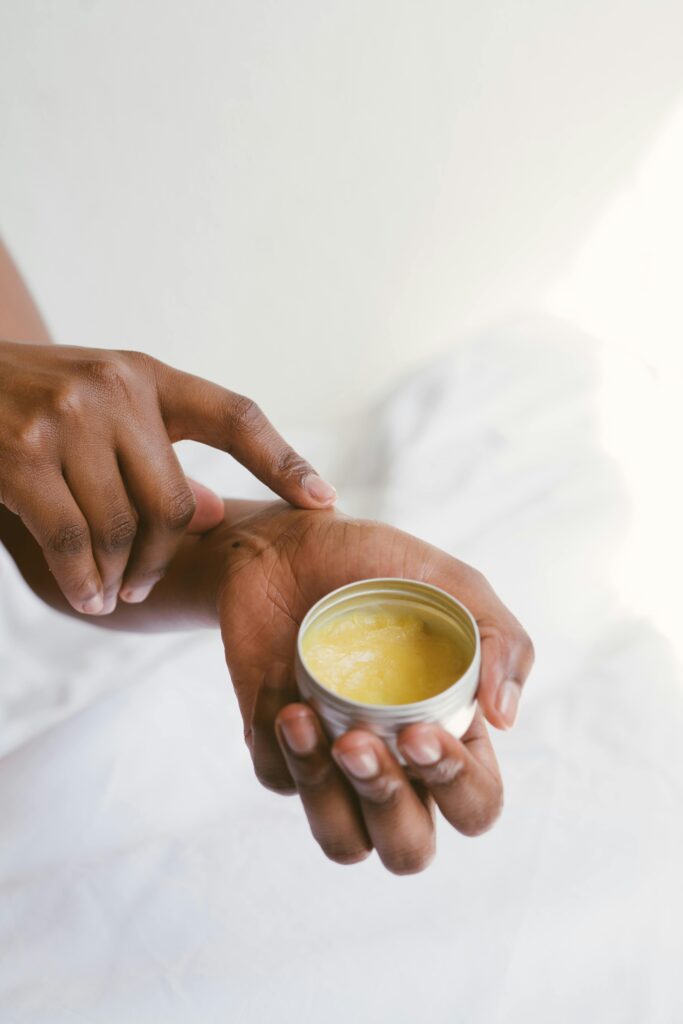Skin is often the first thing people notice. The tone, the texture, the way it reflects light. Many turn to natural remedies first. Oils, herbs, and masks made in kitchens. Some of them work gently, while others give only small changes. And for those who want something more visible but still shy away from surgery, there’s another path: treatments that are minimally invasive.
These options sit in the middle ground. More powerful than a jar of cream, but not as intense as going under the knife. They’ve become a way for people to test new methods without the weight of long recovery times.
The Gap Between Natural and Surgical
Most people begin with natural care. It feels safe. It’s familiar. A routine with moisturizers or serums becomes part of daily life. But at some point, the desire grows for something that actually shows in the mirror. That’s when the thought of surgery sometimes creeps in. Then hesitation follows. Scars. Downtime. The fear of change being too obvious.
Minimally invasive treatments bridge that gap. They don’t carry the risks of surgery, but they often give results that natural options struggle to reach. That middle space is where curiosity usually lands.
What Minimally Invasive Actually Means
The phrase itself can sound clinical. But in practice, it simply refers to treatments that don’t cut deeply into the body. Procedures that might involve a quick visit to a clinic. Something you can often do and then go about your day.
The methods vary. Some involve injections. Others rely on devices that stimulate the skin from the outside. The goal is usually the same: smoother texture, softer lines, or a brighter look. The appeal isn’t perfection. It’s improvement without the heavy commitment of surgery.
Small Shifts, Noticeable Results
People who choose these treatments often say they’re looking for subtlety. A fresher face, fewer creases around the eyes, or skin that feels less weighed down. Not a new identity. Just a lighter version of what’s already there.
These shifts usually happen gradually. Sometimes after a single session, the difference is visible. Other times it builds over weeks. Either way, it feels approachable. A small step instead of a leap.
Examples That Keep Gaining Attention
There are many different treatments under this category, and each carries its own style of working. Some of the most talked about include:
- Micro-needling: tiny controlled punctures that push the skin to renew
- Chemical peels: removing the dull top layers to bring forward smoother skin
- Light therapy: using different wavelengths to calm or energize skin cells
- Injectable options: often used for softening lines or giving subtle lift
Each of these has its own rhythm, its own level of intensity. The choice usually depends on how much change someone is comfortable with.
A Closer Look at Injectables
Injectables have gained a strong place in the conversation. They are known for targeting lines and wrinkles in ways creams rarely can. They aren’t permanent. The body absorbs them with time. But that can be seen as a positive: if the look doesn’t feel right, it fades naturally.
Among the injectables, one name that surfaces often is Dysport. People who want a gentler alternative to surgery often search for dysport products. The treatment is linked to smoothing areas where expressions create fine lines. For many, it’s less about looking younger and more about feeling refreshed. That’s the pull. The idea that subtle injections can make the face look rested, even after long days or stressful weeks.
Dysport fits into this larger category of minimally invasive treatments by offering results without demanding a huge lifestyle shift. A session can be quick, with changes showing soon after. And then daily life continues.
The Balance Between Natural Care and Treatments
Many who step into minimally invasive methods don’t abandon their natural routines. Oils, herbal masks, and simple cleansers still have a place. The difference is that now those habits are supported by professional treatments. One doesn’t cancel the other. They can work together.
Think of it as layers. Natural remedies for maintenance. Minimally invasive treatments for noticeable improvement. Together, they create a rhythm that feels sustainable.
What People Appreciate Most
When asked why they chose these treatments, people often mention a few recurring points:
- They don’t require long recovery periods
- The results appear faster than creams and masks
- Treatments are adaptable to different needs and comfort levels
- They provide visible changes while still looking natural
These reasons capture why so many lean toward minimally invasive care. It feels like a compromise. A way to get what they want without going too far.
Cost and Commitment
Another element is cost. Surgery often requires not only a large financial investment but also time away from work or social life. Minimally invasive treatments cost less, and the sessions are short. The commitment feels lighter.
Of course, repeated visits may be needed. These treatments don’t last forever. But for many, the trade-off is worth it. Small regular visits are easier to handle than one large, irreversible change.
The Emotional Side of Skin Treatments
It’s not only about skin. It’s about how someone feels when looking in the mirror. Minimally invasive treatments can bring a sense of confidence. A person who feels drained may see their face looking brighter and carry that feeling into the rest of their day.
This emotional lift is part of the appeal. Not dramatic. Just subtle enough to create a shift in mood, in how one presents themselves. Sometimes that’s all it takes to feel more at ease in social or professional settings.
Moving Forward with Care
No single option works for everyone. Some prefer to stay with natural methods forever. Others experiment with treatments and find one that fits. The point is choice. Minimally invasive options expand the list of what’s possible without forcing drastic steps.
As these treatments continue to grow in popularity, the focus remains on safety, comfort, and visible improvement. People want results they can trust. And they want them in a way that fits into ordinary life.
Skin tells stories. About rest. About age. About stress. It carries the marks of daily life. Natural remedies help maintain it. Minimally invasive treatments offer ways to renew it more visibly. Together, they create options that didn’t feel as accessible before.
The idea isn’t perfection. It’s choice. The choice to care for skin in a way that feels safe, manageable, and right for each person. That’s what keeps these treatments so appealing: the freedom to try something more, without stepping too far.
